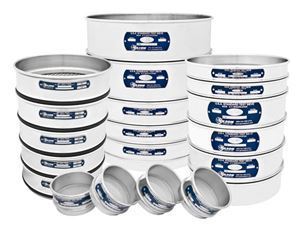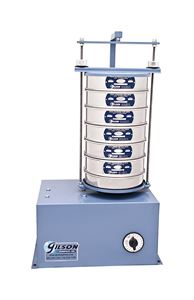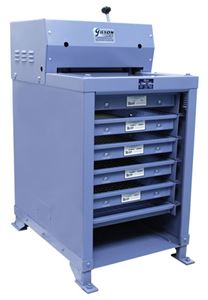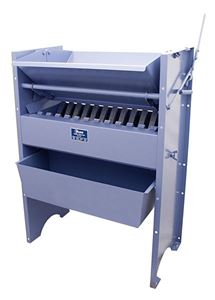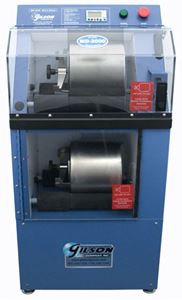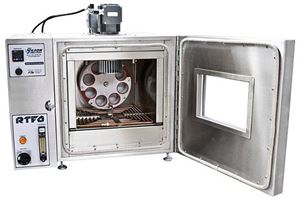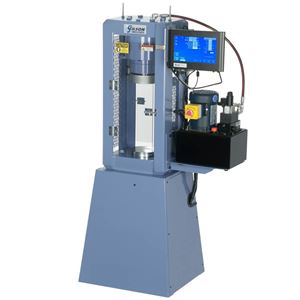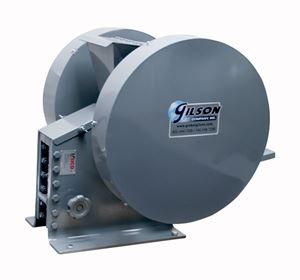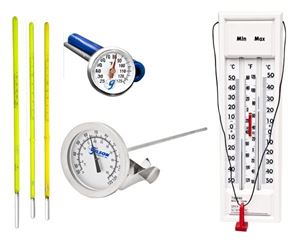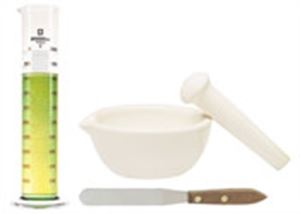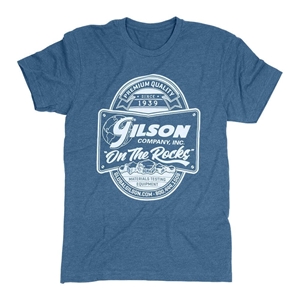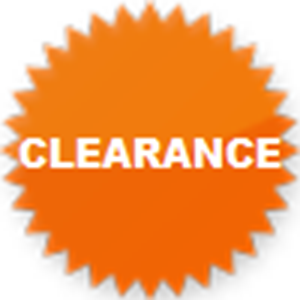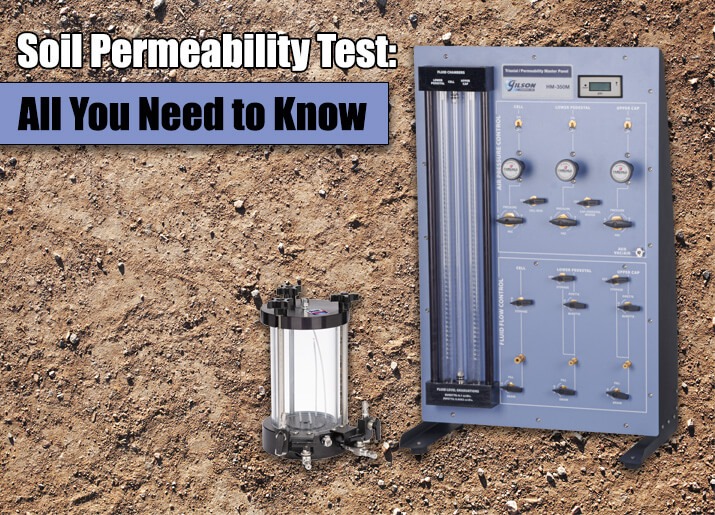In this blog, we briefly discuss what soil permeability (hydraulic conductivity) is and detail what equipment can be used for a wide array of soil permeability tests.
- Log in
- Favorites List
-
Shopping Cart
You have no items in your shopping cart.
Gilson Insights
Have questions about your materials testing equipment? We have the answers to these questions and much more right here! Check back monthly for long-form blog posts, how-to guides and infographics. We’ll address industry insights, the operation and maintenance of specific equipment, and our product line recommendations, all designed to better serve you.
Bookmark this page, add it to your RSS reader, or subscribe to our newsletter, so you never miss a hot topic.
Proper soil compaction increases strength and stability resulting in successful structures and pavements. This blog will discuss the various means of testing soil compaction, which methods are suitable for your project, and the importance of having the right personnel in place.
In this blog, we will highlight the range of equipment available to perform this fundamental test method. ASTM test method D2435, and its AASHTO equivalent T 216, are the most common one-dimensional soil consolidation tests carried out today.
Over the past several months, we have explored various materials testing technician certifications and what it takes to achieve them. This final summary blog in the series includes what’s new, schedules for 2018 programs and testing, and a downloadable PDF Resource List. As any additional information becomes available, we will update the blog series accordingly.
Ready to dig into what it takes to earn a soil technician certification? This blog post provides information on soil/geotechnical materials testing certifications and the resources that are available to help get you there.
An ever-increasing number of regulations, project requirements and even individual test methods require that laboratory and field personnel undergo specific training and pass certification examinations before they can perform certain tests for the record. This, and the wide array of training and certification programs available from different organizations, underscore the importance that the engineering and construction communities place on expertise, competency and accuracy in all areas of construction materials testing.
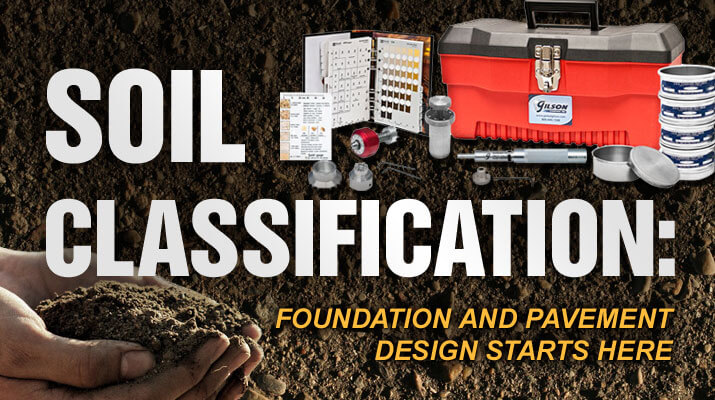
In this blog, we explore the two primary forms of soil classification for geotechnical purposes. Visual and laboratory classifications of soils are two distinct procedures that are part of a complete soils investigation.
This blog post covers everything you need to know about the Proctor Compaction Test including history, importance, procedure, tips and more.
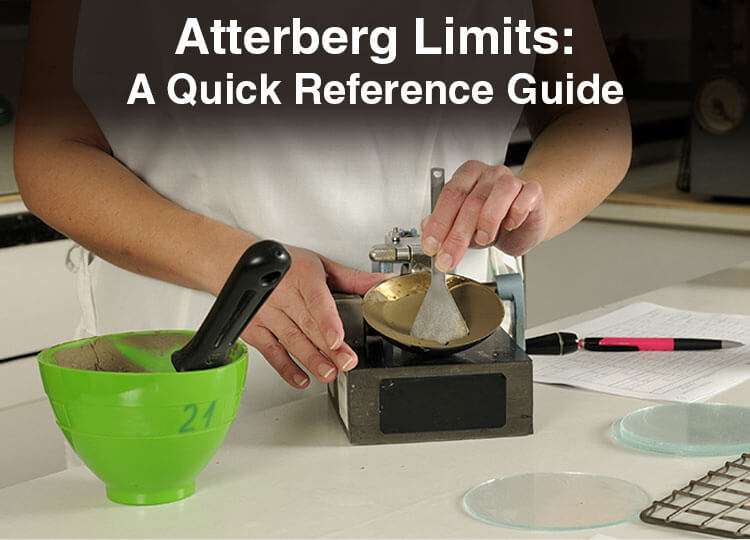
This blog post outlines the three main components that encompass Atterberg Limits, explains why these tests are important, and covers basic equipment used in these procedures.
Gilson Automatic Aggregate Washers efficiently wash fines out of aggregate and soil samples for sample preparation or determination of fines fractions.
- 2025
- 2024
- 2023
- 2022
- 2021
- 2020
- 2019
- 2018
- 2017
- 2016
- 2015

